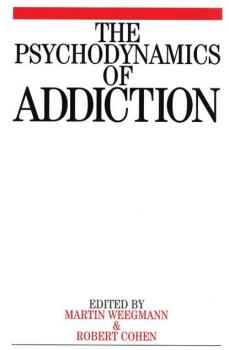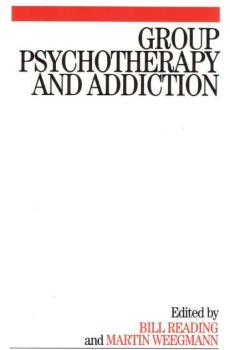Martin Weegmann
Список книг автора Martin WeegmannThe Psychodynamics of Addiction
In the treatment of addictions and their psychological understanding, cognitive-behavioural and motivation approaches have been paramount. In contrast, the psychodynamic contribution has been muted. This book redresses this imbalance by bringing together a team of senior clinicians with psychotherapeutic backgrounds as well as extensive experience in addiction. Stress is placed on the diversity of psychodynamic understanding and its relevance to the everyday problems met by addicted individuals. The first theoretical part of the book is followed by examples from group and individual therapy, and the foreword is written by Dr Edward Khantzian. The Psychodynamics of Addiction will be of interest to psychotherapists who may lack experience in addiction, and to other clinicians working in the field – doctors, nurses and psychologists. Introduction – Review of Different Schools: Container and Contained: The School of Bion – The Application of Bowlby’s Attachment Theory to the Psychotherapy of Addictions – The Vulnerable Self: Heinz Kohut and the Addictions – Therapy: Dynamics of Addiction in the Clinical Situation – Psychodynamic Assessment of Drug Addicts – Individual Psychotherapy with Addicted People – Group Therapy for Addiction – Helping the Helpers: Psychodynamic Perspective on Relapse Prevention in Addiction – In Search of A Reliable Container: Staff Supervision in a DDU -Countertransference with Addicts – Addiction and the Family: Growing up with Alchohol or Drug Abuse in the Family – References – Index
Group Psychotherapy and Addiction
Rich traditions of group therapy permeate the substance misuse field – from residential and day-centre group programmes and the fellowship group tradition to the panoply of support/education and relapse prevention groups offered by out-patient services. There are specialist groups – e.g. art therapy and psychodrama- and groups for special population- e.g. relatives, prisoners and adult children of alcoholics. This important collection is written by many well-known experts, several renowned on the international stage, with perspectives from the UK, USA and Scandinavia. They share their extensive experiences in the conceptualisation, setting up and running of therapy groups. Ultimately, all are concerned in their groups to increase empathic contact and thereby to facilitate opportunities for addicts to embark upon change. With no equivalent UK book of its kind, the reader has a rare opportunity to consider this subject in impressive scope, diversity and depth.

